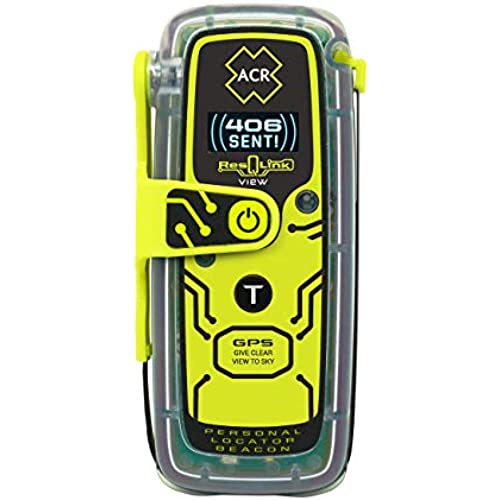
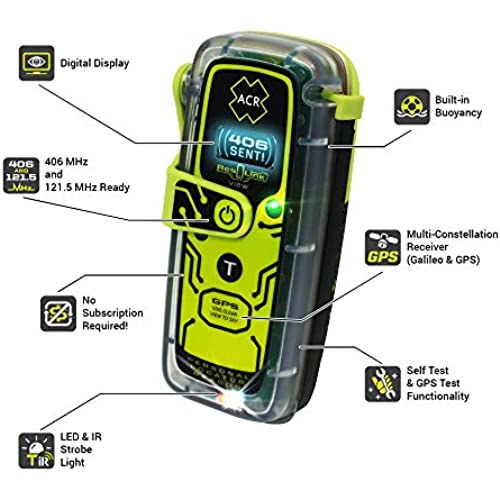
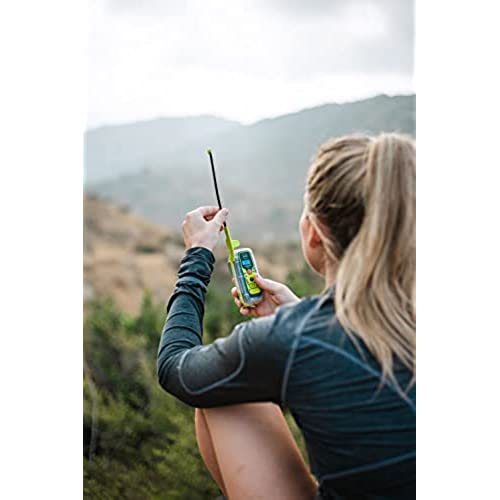


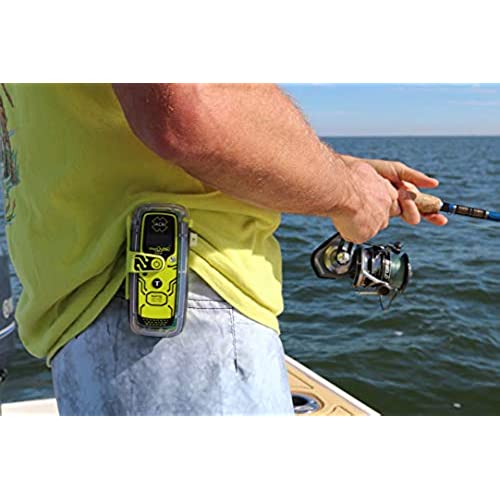
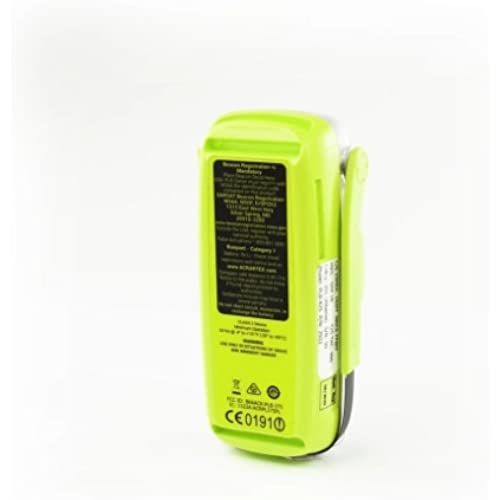







ACR ResQLink View - Buoyant Personal Locator Beacon with GPS for Hiking, Boating and All Outdoor Adventures (Model PLB 425) ACR 2922
-

Meg
Greater than one weekSure hope my Dad doesn’t disappear on his hiking trip... because this piece of junk was sent DEAD ON ARRIVAL.... maybe you should test your products.
-

Calidad
> 3 dayI opted for the slightly more expensive version..PLB 425 ..it has a nice screen that gives you instant acknowledgement the unit is on and working. (I have only tested it - not actually activated it) Comes with a carrying case ..you can attach to your belt or Velcro loop to something. I ordered mine from Orbital Satcom corp..an outfit from the United Kingdom. My first unit had an issue with the labels - the date of manufacture was missing (thus I was unable to register it with ACR for the warranty. After contacting both Orbital Satcom and ACR..i was sent a new unit...problem solved. Check your label on the box and the unit itself.. make sure date of manufacture is on there.
-

Adriel Schuppe
> 3 dayGreat product
-

Tugboat
> 3 dayNice and compact, good peace of mind for the price
-

Dale Teague
Greater than one weekHopefully never have to use it!
-

Michael Hamm
> 3 dayIn my opinion, every boater should have one. If you are a hunter or hiker get one. Everyone lost could have been found by coast guard. Avalanches happen so be prepared for what you cant control. I pray I never have to use mine, but I am not afraid to take on the adventure now that I have one.
-

Linda Goodwin
> 3 dayThis was a gift.
-

John B Richards
Greater than one weekI really like the security of knowing As long as I dont die I can call for help. Very easy to use I bought my first one 5 years ago. The bad news is this is the second one I ordered, I returned the first one because it was already 6 months old and they only last 5 years. I kept the second one but its 6 months old as well.
-

James Huntsman
> 3 dayWe were tricked into buying this device with the assumption that paying an extra $50 we could send a test message to family and friends letting them know we were alright as we sailed for a week long experience out in the Pacific Ocean in our small Bayfeild 25 sailboat. They give you one text.(unknown to us) We sent it at home and let our families know we would send 1 a day letting them know we were alive. Now we’re out in the ocean at Catalina island getting ready to go out further than cell phones will reach and have know way of letting them know. We should have bought the Garmin in reach.
-

Macchi Giovanni
12-06-2025I test comunque tutti positivi!

